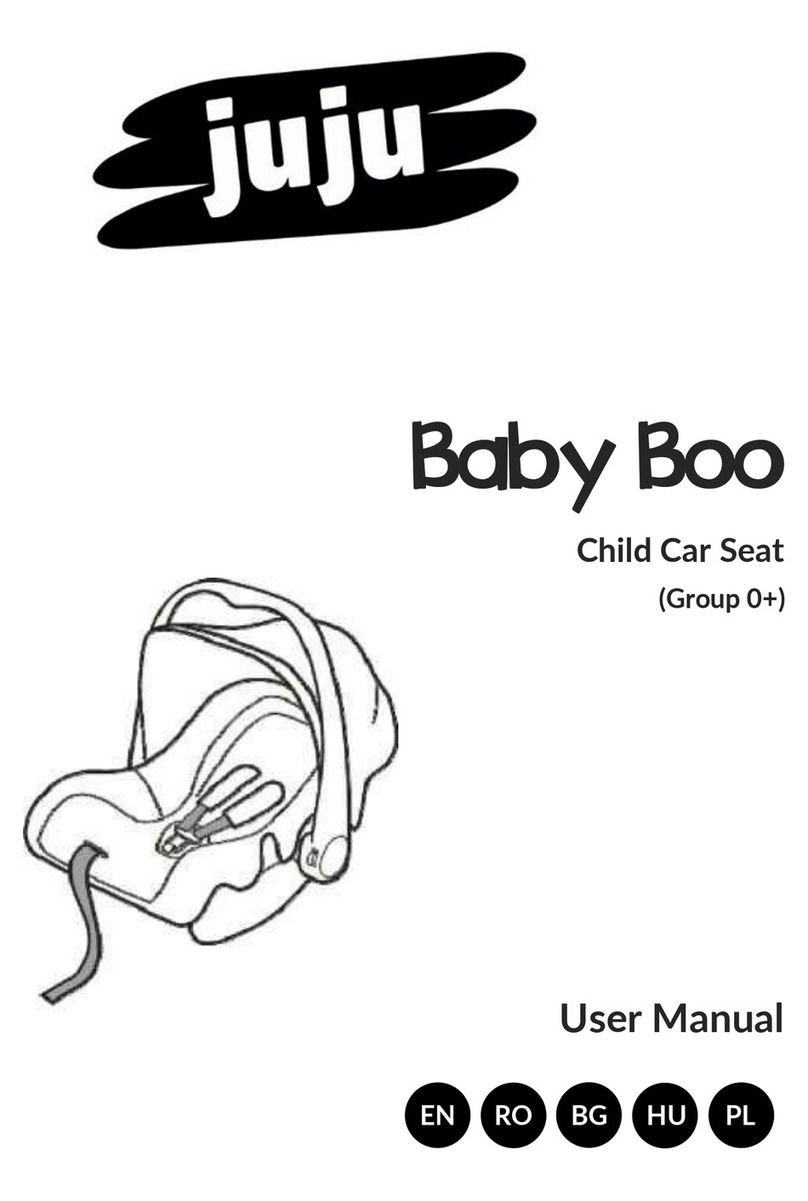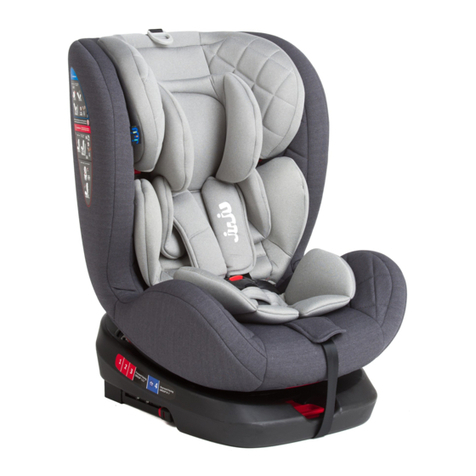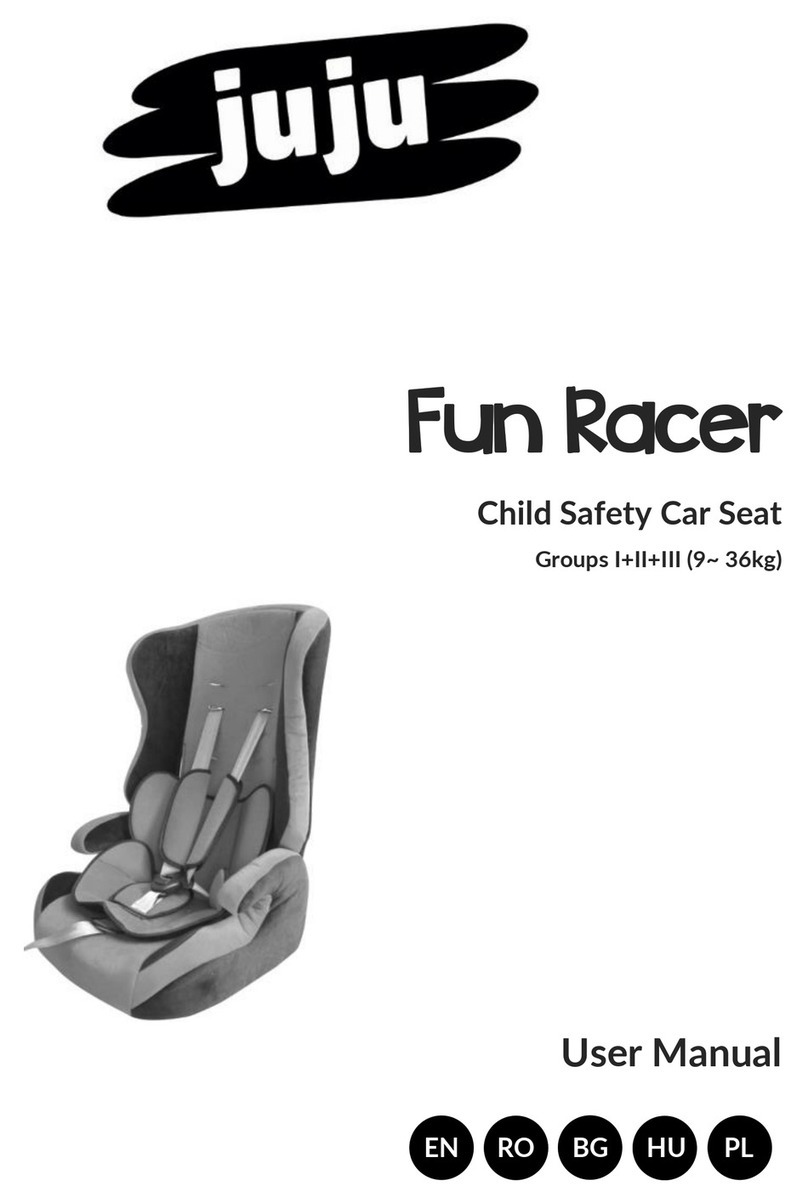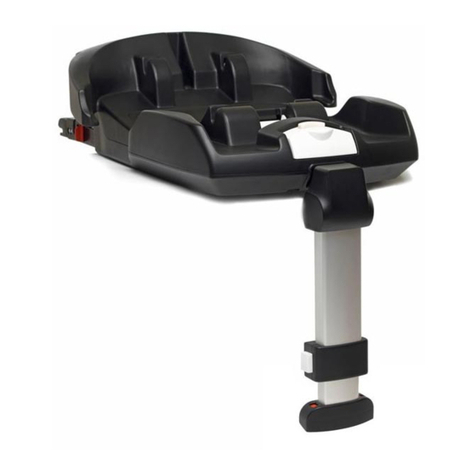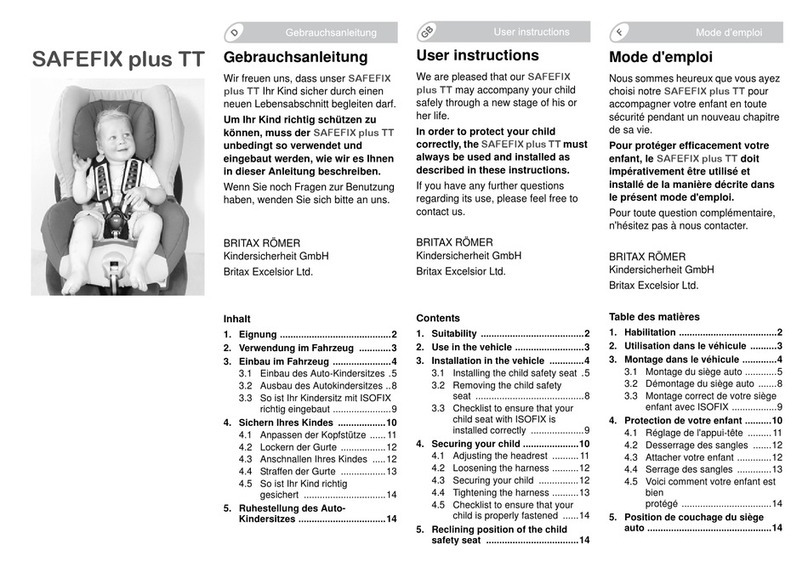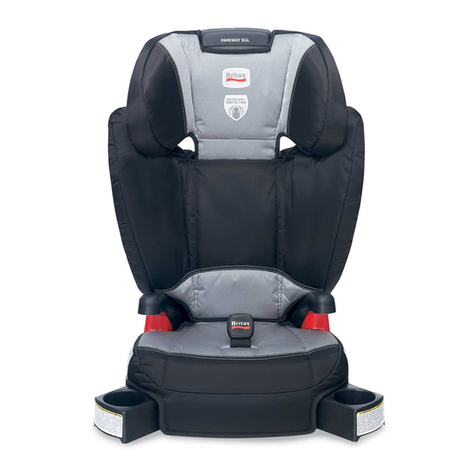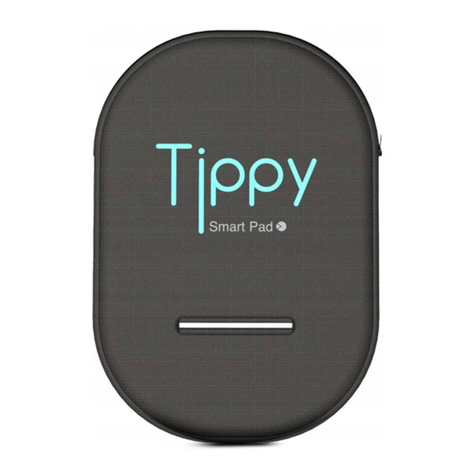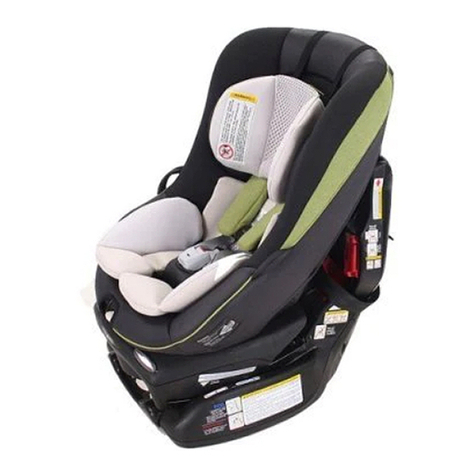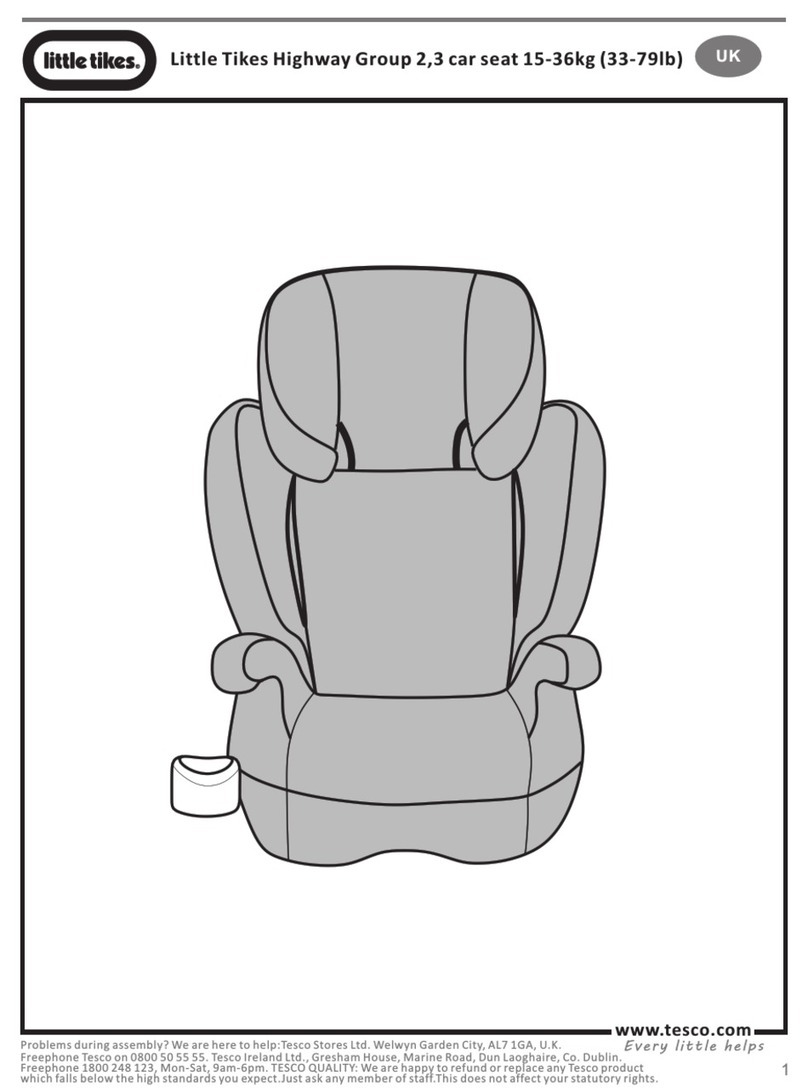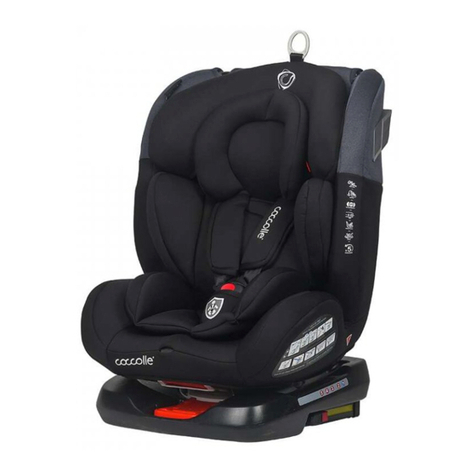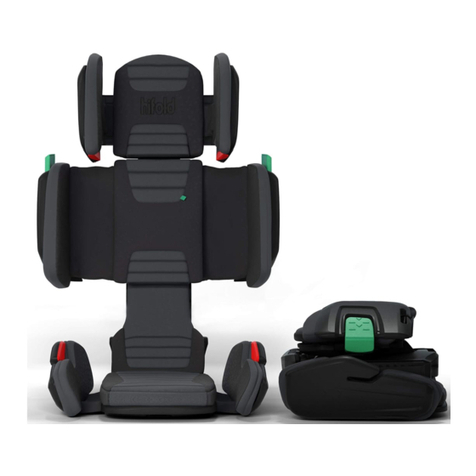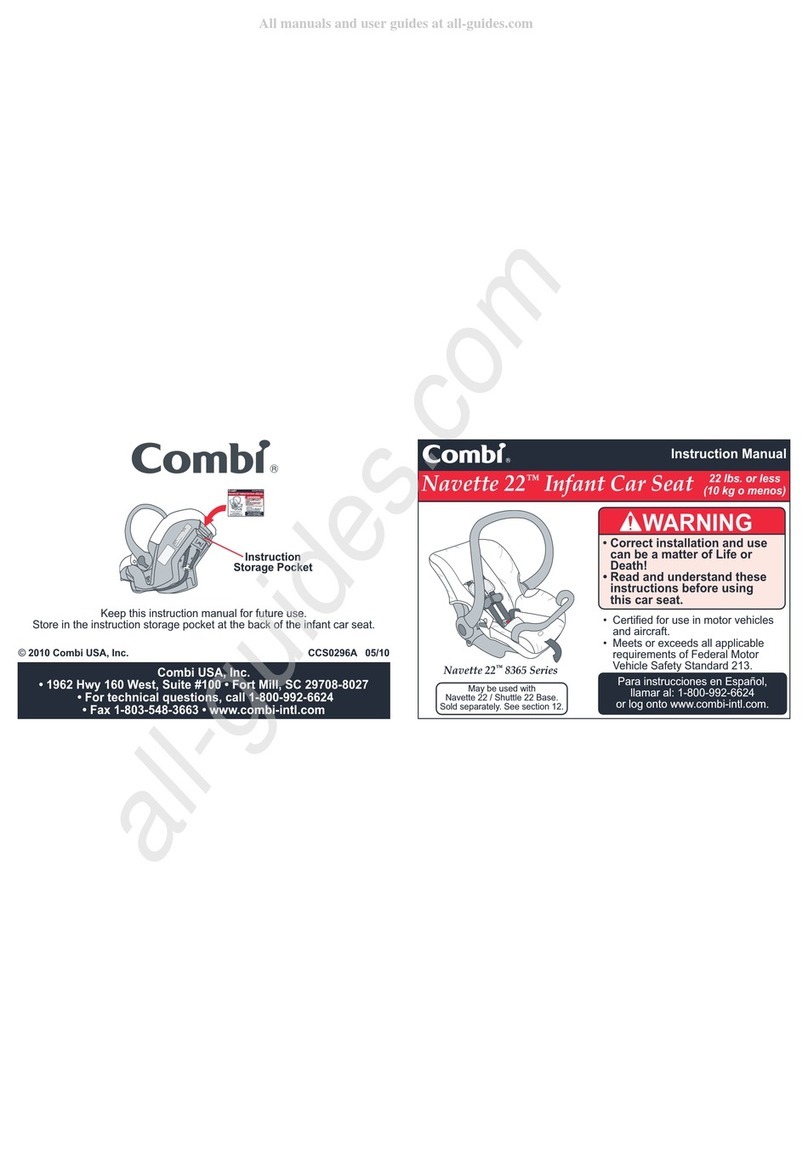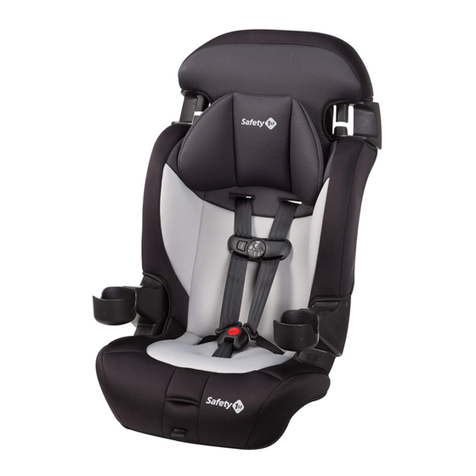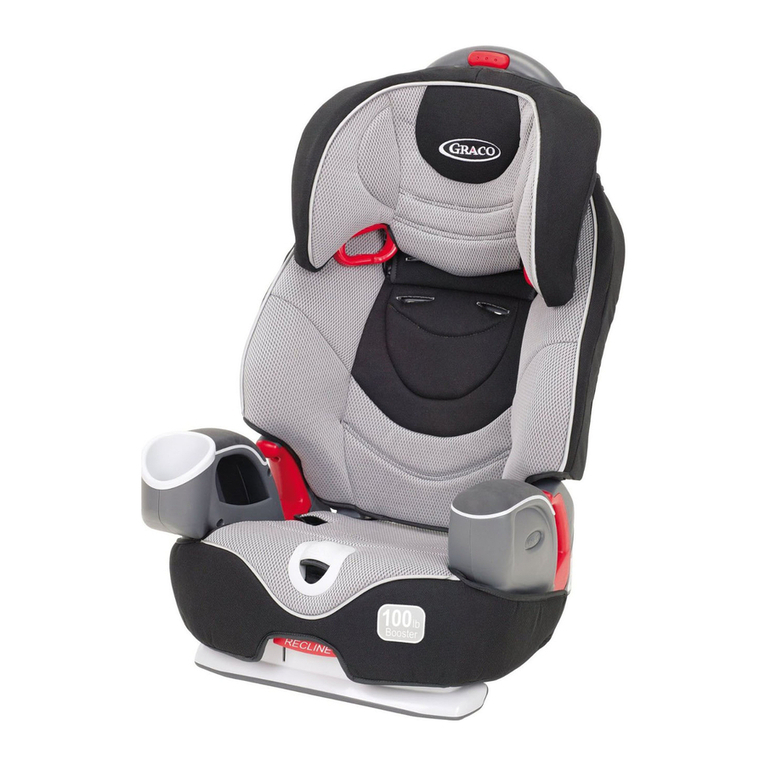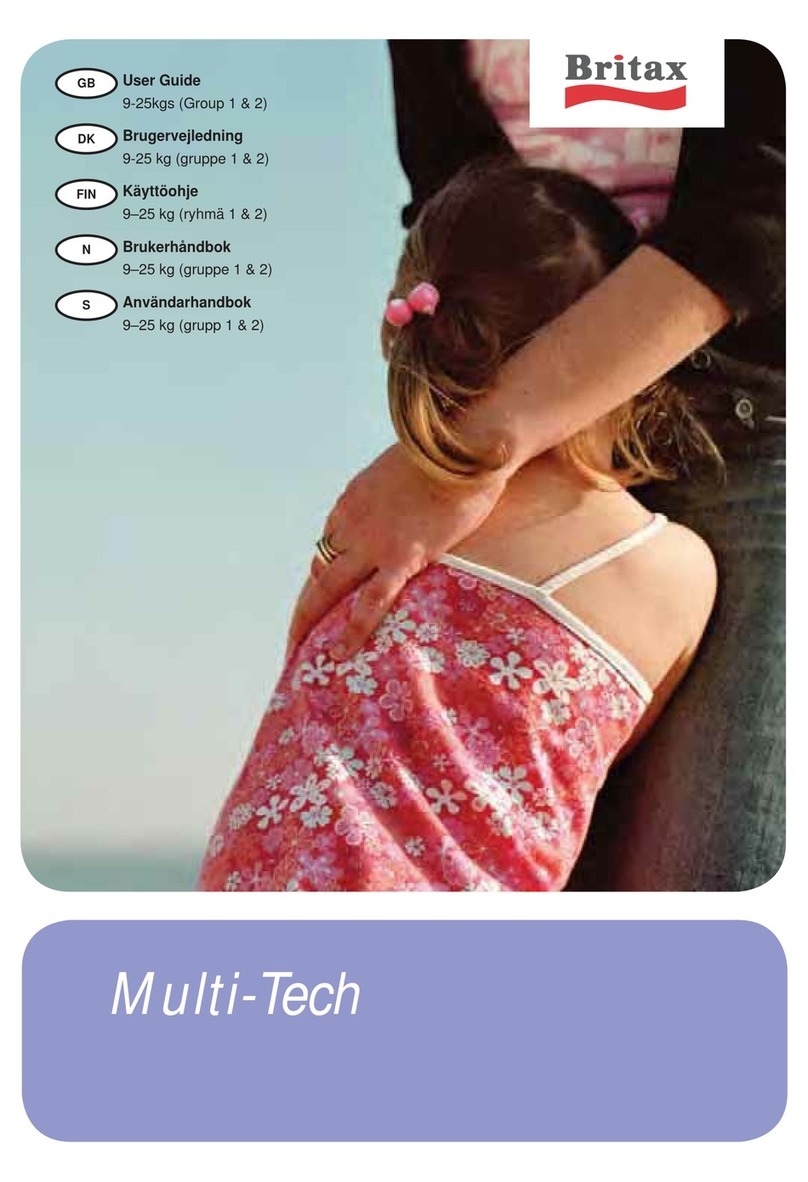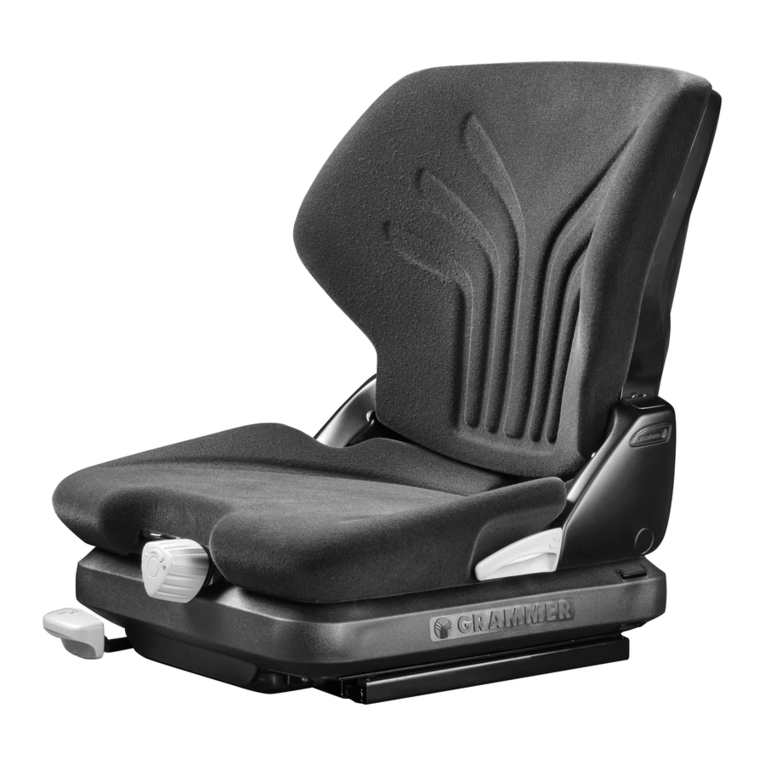EN
DE
IT
FR
ES
RO
BG
HU
PL
1 Belt Slot, Gurtschlitz, Guid a cintura, Guidage ceinture, Guía de la correa, Ghidaj
centura, водач на колана, Biztonsági öv vezérlő, Szczelina pasa
2 Buckle, Schnalle, Fibbia, Boucle, Hebilla, Catarama, катарама, csatt, Klamra
3 Harness adjuster lever, Gurtzeug Verstellhebel, Regolazione bretelle, Ajusteur
harnais, La palanca de ajuste del arnés, Ajustor ham, регулатор на ремъка,Hám
beállító, Przycisk luzowania pasow
4
Harness adjuster strap, Gurtzeug Teller Band, Nastro regolazione bretelle, Bande
de réglage pour harnais, Correa de ajuste del arnés, Banda de reglaj pentru ham,
лента за регулиране на ремъка, Hám irányító szallag, Pasek regulujący napięcie
pasow fotelika
5 Headrest, Kopfstütze, Poggiatesta, Têtière, Reposacabezas, Tetiera, подглавник,
Fejtámasz, Zagłówek,
6 Backrest, Rückenlehne, Schienale, Dossier, Respaldo, Spatar, облегалка,
Háttámasz, Oparcie
7 Harness, Geschirr, Cintura a bretelle, Harnais, Arneses, Ham, ремък, Hám, Pasy
fotelika
8 Chest pad, Brustpolster, Parafango spalle, Protecteurs de épaules, Cojín en el
pecho, Aparatori umeri, раменни предпазители, Vállvédők, Nakładka pasa
naramiennego
9 Comfort pad, Komfortpolster, Parafango fibbia, Protecteurs de boucle, Defensas
hebilla, Aparatoare catarama, предпазител на катарамата, Csattvédő, Osłonka
klamry
10 Seat cushion, Sitzkissen, Copertina seggiolino, Housse du siège, Husa silla, Husa
scaun, тапицерия на столчето, üléshúzat, Siedzisko





